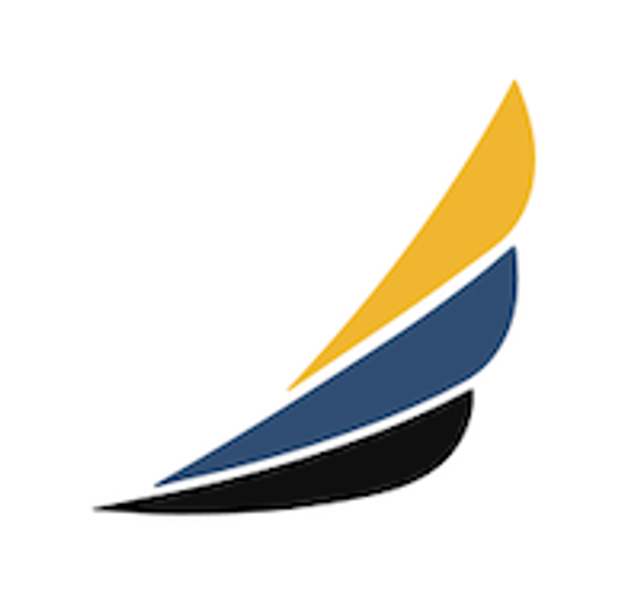

For professional pilots, resumes are a way to present qualifications and experience, and a chance to make a first impression on a potential employer. With the number of qualified applicants currently in the market for the same contract and corporate pilot job opportunities, it is more important than ever to make sure that your resume is updated, accurate, visually appealing, and machine-readable (scannable).
Whether you are going to an aviation job fair, aviation seminar, responding to a BizJetJobs.com post, or going to an interview it is crucial that you put your best foot forward by creating an excellent pilot resume.
Here is a quick pilot resume checklist that BizJetJobs pilots have found useful over the years:
- Well-organized and to-the-point. Regardless of the job, recruiters will spend less than 10 seconds initially scanning your resume. Or, your resume may actually be "scanned" by a computer for keywords and phrases. Because of this, certain formats are recommended in order to allow the reader or scanner to quickly and efficiently decide if your resume goes to the top of the pile, or gets round-filed. The top three things to have accurately dialed in on your resume are:
- A short, sweet objective statement. State the specific position you desire. Show that you know what you want, but keep it short and clear. A one-line statement is sufficient.
- How many hours do you have? If you don’t meet their minimums, you're not qualified the fly their aircraft. They want to get to this information quickly and easily.
- Certificates and Type Ratings. Again, make sure these are at the top, easily found and read.
- If you qualify in all of the above categories, then they'll look at your experience and work history. They'll most likely review those sections with an eye to:
- Where you have worked (geography). Have you done trans-Atlantic flights?
- Your title and the equipment you flew. They'll already have a sense from your hours and type ratings. If you worked for 20 years at the same airline and nowhere else, you can list out each title and aircraft as a separate job listing with its own dates. Or, if your resume is lengthy, list the most recent job title you held and highlight that job’s responsibilities. Follow that description by briefly listing the other positions you held and associated duties.
- Specify 121, 135, 91, 91K, 141, 61, etc.
- Quick and direct job descriptions. To-the-point action words (verbs!) and concrete results of what you accomplished will win every time, including a brief summary of specific duties. If aviation-related, be sure to include aircraft flown, type of transport (FAR Part), and area of operations. Include special skills required by the job and experience you had with special equipment, processes, and techniques (such as CRM, EFIS, FADEC, Cat III, autoland, RSVM, GPS, INS). If you held a supervisory position, state how many employees you supervised.
- Prioritize Accuracy: Regardless of the job you are applying for, there is no bigger “buzz kill” for a potential employer than inaccuracy in your flight times. Employers are looking for detail-oriented pilots. If you don’t take the time to manage the details of your own career, then why would you care enough to manage on-the-job details? So take the time to do a real audit of your logbooks and flight times.
- A typical flight time breakout includes any stated minimum requirements: total time, pilot-in-command, instructor pilot, second-in-command, turbojet, turboprop, multiengine, single-engine, and instrument (actual and simulated). Multiengine and single-engine should equal total time.
- Often, prospective employers verify the numbers you list on your résumé against your logbooks. Use whole numbers and avoid large round numbers (such as 500, 3,000, and similar numbers).
- Do not estimate. Use a calculator or logbook program to verify your calculations.
- Do not include any time accrued in a simulator.
- Be sure to include the following in the breakout of your flight time: cross country, night, and instructor (IP). Turbine time is time logged in an aircraft with a turbine engine—jet or turboprop.
- Keep your resume to one page unless you are focused on a management position. For management, two pages of relevant information is sufficient.
- Never use multiple email addresses, phone numbers, or mailing addresses. Keep it simple for everyone. Pick a number and address where people can easily reach you and use and review it regularly.
- Limit your resume to a 10-year job history. If you have a job from your distant past that is directly relevant to the position to which you are applying, you can bend this rule.
- Never place personal information on a resume. No certificate numbers, birthdates, health status, medical certificate issuances, etc.
- Availability. Being flexible and available if offered a job is a requirement of a successful job search. If you are currently employed, you'll want to indicate "with two weeks notice." If you are currently in school or the military, state your expected graduation or separation date. If you are unemployed, indicate your immediate availability.
- Get eyes on your resume before sending it out. In today’s competitive corporate pilot job market, you need to ensure that everything looks perfect. So run spell-check and Grammarly. Double-check your email address and phone number. Have someone you trust, preferably in the aviation industry, read and review for typos and other errors before you send it out.
Our friendly team is available if you have questions about your resume or need a resume template to get started. We also offer resume review and career guidance services.
Contact us today at [email protected] or 402-253-7809. We're happy to help!




